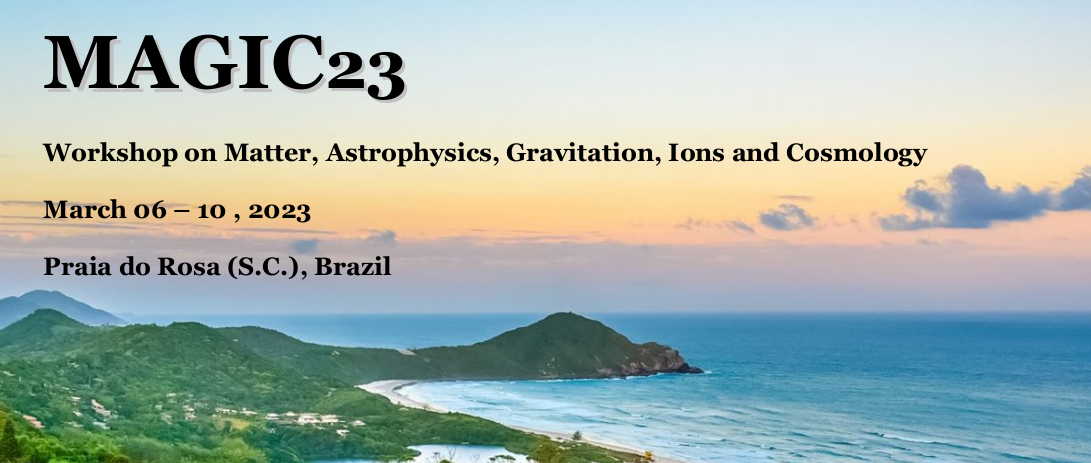Speaker
Description
The Cas A structure and spectral features obtained with the multiwavelength observations have clear signs of young SNRs, which are expected to be a shell formed with the explosion blast wave moving into the circumstellar medium with magnetic fields, as well as another one due to the decelerating and compressing the outflowing ejecta. In observations in radio and X-rays, both features were detected. The forward and reverse shocks in Cas A were identified. In studies of Cas A at very high energies by SHALON was found that TeV gamma-ray emission region lays within the position of reveres shock that also corresponds to the observed bright radio ring. Also, the spectral energy distribution was obtained at high and very high energies. Two approaches involving forward and both reverse and forward shocks within the mechanism of diffusive shock acceleration in Cas A were applied to describe the spectral and structural features of this SNR viewed in nonthermal emission, including ones at high energies. Results of calculations demonstrate that the observational properties of Cas A are well reproduced by the hadronic model with significant contribution of both the forward and reverse shocks in the generation of broadband emission. It considers the very high efficiency of particle acceleration in Cas A, which value is up to 25% of the supernova explosion energy. But the energy of accelerated particles cannot exceed $10^{14}$ – $10^{15}$ eV. Whereas, the forward shock model predicts the spectral characteristics of the TeV-gamma-emission corresponding to ones detected at 800 GeV – 40 TeV that are the evidence of acceleration of the hadronic cosmic rays in shells of supernova remnants up to $10^{17}$ eV.

